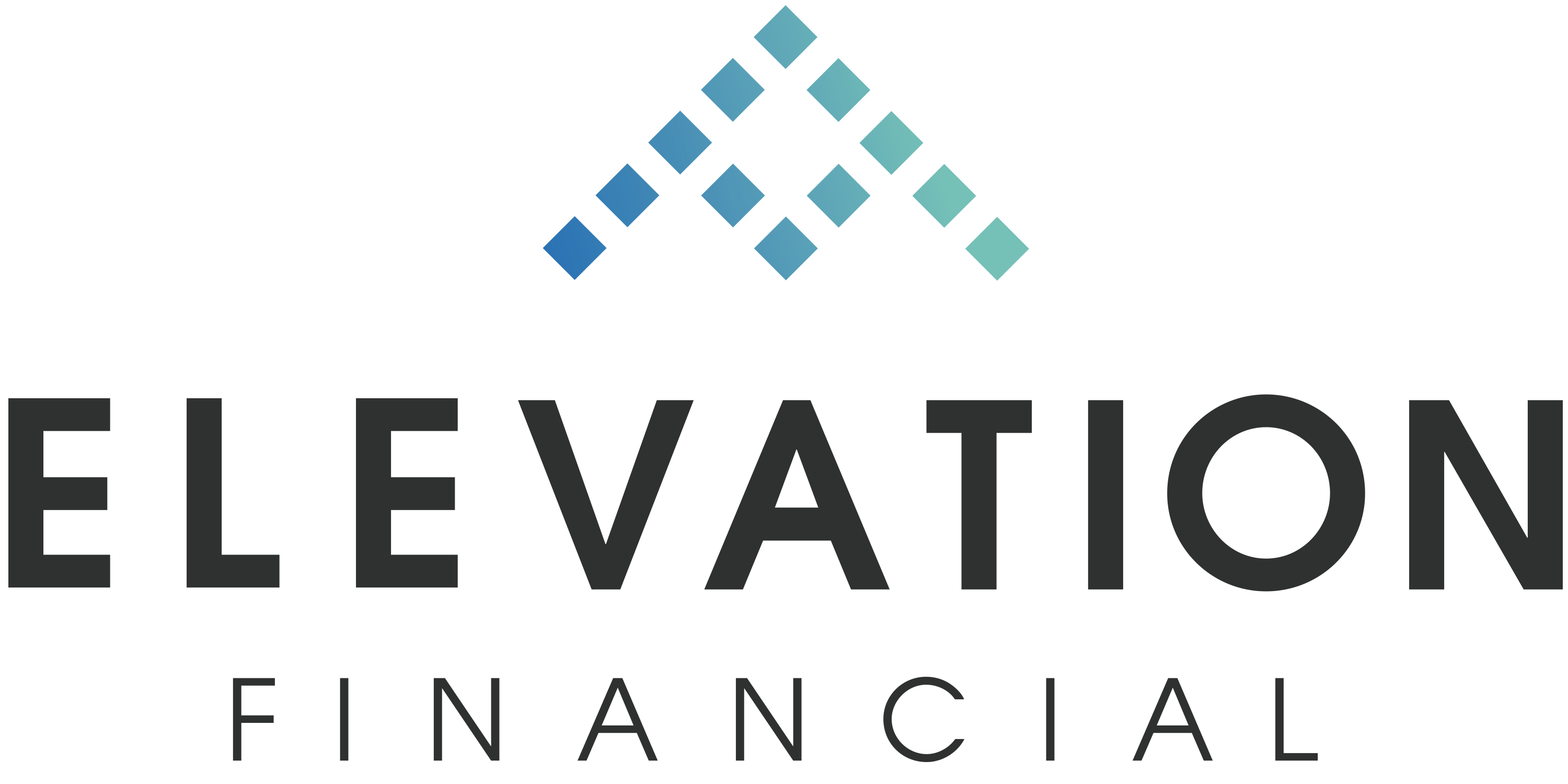
Share this Post
Subscribe

Need help with your money or investments? Book a consultation to learn more about working together.
A Roundup of End of Year Financial Planning Items
The end of the year is often a time to focus on wrapping up projects, finding time to rest, and planning for next year.
It also comes with some opportunities in our financial lives. There are deadlines and milestones that can be useful to pay attention to as well as areas of planning that often warrant some review.
So what are some “money” areas to focus on as we approach the end of the year?
Retirement Account Contributions
Retirement accounts generally have deadlines on contributions for the current tax year. Different accounts can have different deadlines. For example, IRA and Roth IRAs have a deadline of April 15th of the following year for contributing under the current tax year. 401(k) plans generally cut off on December 31 (with some exceptions).
Either way, I encourage people to get their current year contributions in before the end of the year. Even if you technically have more time, it’s a good habit to develop and it keeps contributions organized.
Additionally, life can get in the way and before we know it, we’ve missed the April 15th deadline that we were shooting for.
Now, if you are doing tax planning, it often makes sense to wait so take this into account.
Tax Planning
Nobody likes paying taxes. And often, there are tax planning opportunities that can help you save money toward the end of the year.
For example, if you want to contribute to a Roth IRA but your income is projected to be slightly over the MAGI limit for a contribution, it can make sense to lower your income through pre-tax contributions. Contributing to a pre-tax retirement plan is a great way to get yourself under the limit while making an investment in your future.
Additionally, you may want to consider “front-loading” your charitable contributions by making use of a Donor Advised Fund (more on that later).
Roth Conversions
For some, getting more money into Roth accounts is a high priority. A Roth conversion involves taking money from your Traditional IRA and converting (“transferring”) it to your Roth IRA.
The converted money is now Roth money and will grow tax-free under eligible conditions. However, you will pay taxes on the money converted so be aware that you are taking a tax hit now in exchange for the tax-free growth.
This can be useful planning at the end of the year if you are well under a low tax bracket. With this in mind, you can “fill up” your current tax bracket with the converted money and pay taxes on it now at your lower rate.
Tax Loss Harvesting
If you have taxable brokerage accounts, you may be eligible for tax-loss harvesting. This involves selling investments at a loss in order to capture a tax deduction on capital gains.
It is not always a good move for everyone, and it’s often an over-stated value in some cases, but if you have some significant capital gains that you would like to offset, this can be a tax saver.
Tax Gain Harvesting
The sibling of tax loss harvesting is tax gain harvesting. While the former uses losses to save on taxes, tax gain harvesting aims to capture and “lock in” gains when you are in a low or even 0% capital gains bracket.
If you find yourself in a 0% capital gains bracket and you’d like to lock in those gains while paying no capital gains tax, selling the positions at a gain while in this tax bracket and then repurchasing them can help you by resetting your basis which can save you on taxes later on if you are in a higher capital gain bracket.
Buy I Bonds
Each individual taxpayer can buy up to $10,000 in I Bonds each year. If I Bonds fit into your financial plan, you’ll need to buy them before December 31 in order to use this year’s limit.
Make Charitable Contributions or use a Donor Advised Fund
Charitable contributions can lower your taxable income. But what if you don’t have a specific giving plan yet? A donor advised fund is a great way to “front load” your giving in a high-income year so that you can lower your taxable income while setting up your giving budget for the future.
Pre-purchase Necessary Business Expenses
If you’re a business owner, it can be beneficial to pre-purchase items you need for business before December 31. This way, you’re lowering your taxable income while getting things you need in your business.
Caution: do not buy things you don’t need just to save on taxes. This defeats the purpose. Too many business owners buy an expensive truck that they don’t need just to save some money on taxes when they would have been better off keeping the income and just paying taxes on it.
Gift Money Using Your Annual Gift Exclusion
You can gift up to $16,000 to anyone (particularly useful for children or family members) without it counting against your lifetime limit in 2022. This increases to $17,000 in 2023.
It's an annual limit, so be mindful of the December 31 deadline.
This includes 529 college savings plans so be sure to get those contributions in before the end of the year.
Review Your Estate Plan and Beneficiaries
Everyone has an estate plan. They either have one that they have designed or they have one decided for them by the state.
When it’s framed in those terms, most people start to understand the value of an estate plan.
An estate plan doesn’t have to be complicated. There are some basic estate documents that everyone should have: a will (and possibly a trust), durable power of attorney, living will, health care power of attorney, and HIPAA authorization.
The end of the year is a good time to review your estate documents and make sure they are still up to date and reflect your current wishes.
At the same time, it’s also a good idea to review the beneficiaries on your retirement and investment accounts to make sure they are correct and reflect your wishes. Also don’t forget to add contingent beneficiaries.
Review Your Insurance Policies
Do you have enough life insurance? Disability insurance? Home and auto? Umbrella?
The end of the year is a good time to review all this and see if any changes need to be made. You may even find policies that are no longer needed and could be canceled.
If you haven’t shopped your auto and home policies in a few years, you may also be able to get a better rate.
Additionally, take a look at your deductibles. Are they too low when compared to your overall liquidity? Could you save some money on premiums by increasing your deductibles?
Review Your Financial Goals
Finally, it never hurts to review your goals, revisit what’s important to you, and define how money helps support those goals.
Having a plan helps you approach spending, saving, and investing with intention. This can lead to a better quality of life and greater fulfillment.
